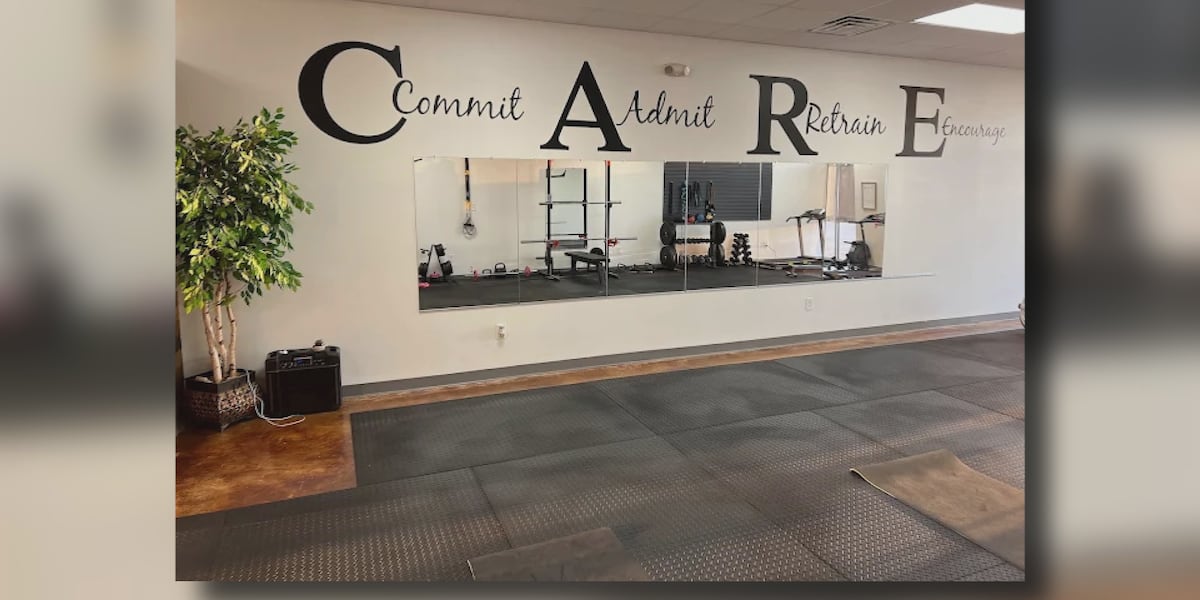May 20, 2025 — Too often muscle is a show.
“Muscle” and “strength” and “lifting” as it all happens in your average local gym is what makes strength training intimidating for some. “Instatrainers” and showoffs and pseudoscientists on social media only make it noisier with conflicting research, elaborate workout protocols, and stunt exercise videos to get eyeballs.
But strength training is critical for health. We all need it. Keeping our bodies strong and functional is how we maintain health and achieve, hopefully, longevity.
So let’s get away from the show of muscle.
Some facts based on the most recent science: You don’t have to lift heavy weights to get great results (unless you want to). You don’t need complex equipment and workouts to get great results (unless you want those things).
In fact, lighter weights can give you the same muscle-building results as heavier weight if you know how to do it. You can also lift those lighter weights to achieve more muscular power, which, as you’ll see, is something worth striving for as you get older.
So let’s put on a different muscle show — based on the latest data.
When it comes to building and maintaining muscle, two factors matter more than anything else: volume and loading.
Brad Schoenfeld, PhD, is a professor in exercise science at CUNY Lehman College in the Bronx in New York City. He’s also a researcher who has published more than 300 studies in the field of exercise science and sports nutrition. His studies have consistently found that total training volume — that is, the sum of all the sets performed per muscle group per week — is a key driver of muscle hypertrophy (a.k.a. growth).
Individual differences such as training experience, recovery capacity, and even genetic factors can influence how much volume is optimal for you.
“Some people respond better to lower volumes, some people need more volume to maximize their results,” says Shoenfeld. “But as a general guideline, to optimize hypertrophy you want to be somewhere between 10 to 20 sets per muscle per week.”
So to target the quads, for example, you’d want to complete three to four sets of exercises like squats and leg presses two to three times a week. To hit 20 total sets, you’d need to do five to seven sets of the same exercises across three sessions.
Is that the bare minimum? No. That’s the ideal. Shoenfeld’s team recently published a review paper where they looked at what might be a “minimal effective dose.”
“It was roughly around four sets per muscle per week, which can be done in two to three half-hour sessions,” he says. “If your goal is just to build some muscle, gain some strength, you can get very nice results and — I think probably for most people — the majority of gains in that period of time.”
He quickly follows up with an important caveat: “Provided you’re training hard.”
That’s where loading comes in.
“In certain respects, my views have done a 180 [over the years], and nothing can be characterized more so than loading,” says Shoenfeld. “I had always thought that if you’re doing anything over 12 to 15 repetitions, you’re not going to gain muscle. The literature has now compellingly shown that you can gain similar amounts of muscle across a wide loading spectrum — even up to 30 to 40 repetitions.”
A study by one of his peers back in 2012 was a real watershed moment. “It was on untrained subjects doing leg extensions, and it showed that there was no difference in whole muscle hypertrophy between 30% 1RM (which is like 30 reps) versus 80% 1RM (which was like eight reps),” says Shoenfeld. He couldn’t believe it. In fact, he decided to do his own study to prove his colleague wrong.
“And lo and behold, I carried out that study and — no difference,” he says.
Since then, there’s been so much evidence across the spectrum of populations: untrained, trained, older, younger, men, women. “Really any and every population has been extensively studied,” he says. “And it really is a beautiful thing because it provides so much flexibility and options to carry out resistance training.”
It’s great news for people who don’t want to or can’t lift heavy weights.
“The caveat to this is that the lighter loads have to be taken with a high degree of effort. If you do not extensively challenge your muscles — meaning that the last few reps are difficult to complete — you’re not going to achieve gains,” he says.
So when we talk about light loads, this isn’t about grabbing a pair of pink dumbbells and breezing through a few reps. You must challenge the muscles.
Remember: The reason the body adapts to anything is through a survival mechanism, says Schoenfeld. “If you are not challenging it in a way it is not accustomed to being challenged, it has no impetus to adapt. The reason you will get these adaptations in strength and power, muscle endurance, bone density, etc., is because the muscles and bones, tendons and ligaments are being challenged beyond their present capacity.”
The only downside to lighter loads? They take longer. “If you’re doing 30 reps, the sets are going to take triple the amount of time if you’re training with 10 reps,” he says. “So that can be a consideration if you’re very time-pressed.”
But if you want to avoid the heavier iron, the effort is worth it.
As Schoenfeld says, you want to reach a point where you lift almost to failure, meaning the last few reps will be really hard. Theoretically you’d do the same thing lifting heavy weights. Those tough reps do you the most good no matter how much weight you lift.
Another interesting benefit of lifting lighter weights: You can experiment with lifting the weight faster and more explosively to generate more power.
New research in Mayo Clinic Proceedings shows that muscle power — which comes from force and velocity — is linked to lower risk of premature death than just muscle strength alone, particularly as we get older.
For example, a good proxy for overall strength is a handgrip test where you squeeze a dynamometer to get a grip strength measurement. That’s very easy to track over time, and grip strength has long been considered a good measure of overall vitality.
Muscle power isn’t as easy to test, say, in a doctor’s office because it requires you to move a certain weight as fast and hard as you can through a range of motion. This is particularly important as we age because as we lose muscle and strength, power goes too. As the study authors say, “Every time an individual performs a movement against gravity or inertia, it is muscle power rather than muscle strength that is the most important variable in terms of muscle function.”
Lifting lighter weights can allow you to experiment with lifting for power. The participants in that study did upper-body rows with increasing speed and force to measure their power. You can do the same through your variety of lifts. Just be careful you don’t break form.
This also will raise the intensity of your workout, which has been linked to all kinds of benefits, including better cardiovascular fitness, curbed hunger, better cognition, and reduced cancer risk.
The only downside to lifting lighter weight? It’s possible your muscles could take longer to recover from the workout. You’ll need to pay attention to how your body responds to these different approaches, says Schoenfeld.
“You need to really start to be in tune with your body,” he says. “I think a lot of times people are just oblivious. They get into a routine and it’s just ‘have to do this, have to do that.’ Try to be intuitive.”



